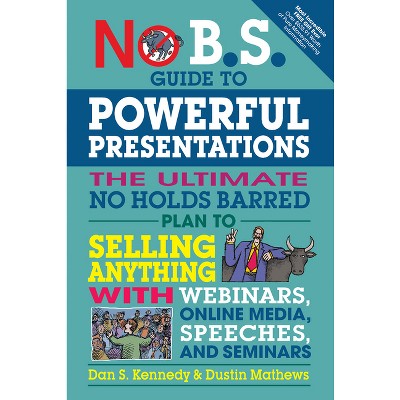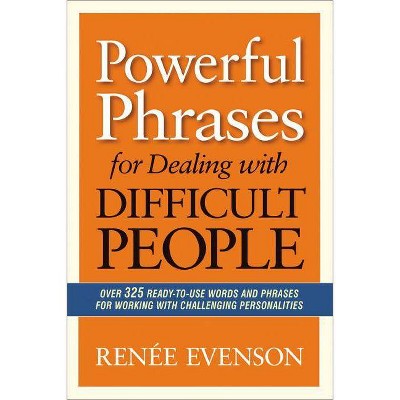Branding with Powerful Stories - by Greg Stone (Hardcover)

About this item
Highlights
- Whether you are branding your company, your product, your service, or yourself, learn to boost the power of your story and convey a compelling message in any setting by incorporating villains, victims, and heroes.
- About the Author: Greg Stone, founder of Stone Communications, is a highly sought after media strategist whose clients have included Fidelity, IBM, 3M, and Harvard University.
- 224 Pages
- Business + Money Management, Business Communication
Description
About the Book
Whether you are branding your company, your product, your service, or yourself, learn to boost the power of your story and convey a compelling message in any setting by incorporating villains, victims, and heroes.
Compelling stories exalt, motivate, and acculturate every worker in an enterprise. They also attract customers and media alike. Imagine an elderly man, snowed in, unable to shop for groceries until a supermarket comes to the rescue and delivers his food. The story of this company going out of its way to help a customer in need will resonate not only with consumers but also with employees.
This book explains not just how to tell a captivating story, but also what elements--namely, villains, victims, and heroes--it should include in the first place. This approach is based on the notion that in business messaging, the villains may just be your best friends. The "villains" are simply any problems that cause pain, discomfort, or extra expense for customers, who are in effect the "victims." As for the "heroes," they are best illustrated by the supermarket going beyond expectations. Who in business wouldn't want to emulate that company?
If your products and services offer real solutions to customers' predicaments, there is nothing more powerful than communicating that message and making sure your potential customers remember it.
- Provides a blueprint for constructing a story that will connect narrator and listener through the scientifically proven effect of neural coupling
- Emphasizes the importance of personal authenticity in effective storytelling
- Provides abundant tips on emotional branding, writing, rhetoric, vocalization, pacing, graphics, body language, breathing, and above all, creating drama
- Applies to a broad array of applications and settings, such as job interviews, ad campaigns, and professional presentations
Book Synopsis
Whether you are branding your company, your product, your service, or yourself, learn to boost the power of your story and convey a compelling message in any setting by incorporating villains, victims, and heroes.
Compelling stories exalt, motivate, and acculturate every worker in an enterprise. They also attract customers and media alike. Imagine an elderly man, snowed in, unable to shop for groceries until a supermarket comes to the rescue and delivers his food. The story of this company going out of its way to help a customer in need will resonate not only with consumers but also with employees. This book explains not just how to tell a captivating story, but also what elements--namely, villains, victims, and heroes--it should include in the first place. This approach is based on the notion that in business messaging, the villains may just be your best friends. The "villains" are simply any problems that cause pain, discomfort, or extra expense for customers, who are in effect the "victims." As for the "heroes," they are best illustrated by the supermarket going beyond expectations. Who in business wouldn't want to emulate that company? If your products and services offer real solutions to customers' predicaments, there is nothing more powerful than communicating that message and making sure your potential customers remember it.About the Author
Greg Stone, founder of Stone Communications, is a highly sought after media strategist whose clients have included Fidelity, IBM, 3M, and Harvard University. He is author of Artful Business: 50 Lessons from Creative Geniuses.Shipping details
Return details
Trending Non-Fiction


Discover more options









